View cart “Graptopetalum” has been added to your cart.
Mammillaria Species (With pots)
₹299 Original price was: ₹299.₹219Current price is: ₹219.
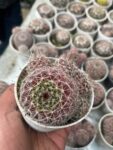
Mammillaria Species (With pots)
₹299Original price was: ₹299.₹219Current price is: ₹219.Request a Call Back
- Delivery & Return
Delivery
We offer delivery across India, and delivery times will vary depending on your location.- Delivery Timeframes: We aim to deliver orders within 5-10 business days from the order date. However, this timeframe is not guaranteed and may vary due to unforeseen circumstances.
- Shipping Costs: Delivery fees will be calculated and displayed at checkout.
- Delays: We are not responsible for delays caused by courier companies, natural disasters, or other external factors beyond our control.
1. Refund Eligibility
To be eligible for a refund, please ensure the following conditions are met:- Unboxing Video: You must record a clear unboxing video within 1 day of receiving your plants. The video should show the condition of the affected plants upon arrival.
- Video Submission: Submit the unboxing video to our customer support team via email at succulenthubindia@gmila.com within the 1-day period.
- Original Packaging: The plants must still be in their original packaging in the video to verify the condition upon arrival.
2. Non-Eligible Returns
Refunds or exchanges will not be granted under the following circumstances:- Plants that have been repotted or removed from the original packaging.
- Issues raised beyond the 1-day period after delivery.
- Lack of an unboxing video or failure to submit the video within the required timeframe.
3. Process for Refunds
Once the unboxing video is received and reviewed:- If the plants are found to be damaged or defective due to delivery issues, we will approve your refund or offer a replacement.
- Refunds will be processed within 5-10 business days after approval, and a credit will automatically be applied to your original method of payment.
4. Damaged or Defective Items
For damaged or defective plants that meet the eligibility criteria:- You may request either a replacement or a full refund.
- We may request further details to verify the condition of the plants.
5. Exchanges
If you’d like to exchange the damaged plants for a replacement, this must also be requested within 1 day of delivery, and the unboxing video requirement applies.6. Late or Missing Refunds
If you haven’t received a refund within the designated period:- Please check your bank or credit card statement again.
- Contact your bank or card issuer as processing times may vary.
- Ask a Question

Mammillaria Species (With pots)
₹299Original price was: ₹299.₹219Current price is: ₹219.Ask a Question
... people are viewing this right now
Description
- Dispatch in 2-3 days
- Country of origin: India
- It’s Compulsory to make unboxing video of parcel for refunds within 24 hours.
- With Pot
Mammillaria is a diverse genus of cacti known for their small size, distinctive tubercles (nipple-like protrusions), and often colorful flowers. There are many species within this genus, each with unique characteristics. Here are some general care tips for Mammillaria species:
- Light: They prefer bright, direct sunlight. A sunny windowsill or a spot with several hours of direct sunlight is ideal. They can tolerate some shade but may not flower as prolifically.
- Watering: Allow the soil to dry out completely between waterings. Water thoroughly but infrequently to prevent root rot. In the winter, reduce watering significantly.
- Soil: Use a well-draining cactus or succulent mix. Adding perlite or pumice can improve drainage and help prevent water from pooling around the roots.
- Temperature: They thrive in temperatures between 65-80°F (18-27°C). Protect them from frost and very cold temperatures, as they can be sensitive to cold.
- Fertilizing: Feed with a diluted, balanced fertilizer during the growing season (spring and summer). Reduce or stop fertilizing in the fall and winter.
- Propagation: Can be propagated from offsets (babies) that grow around the base of the plant. Allow offsets to dry out and form a callous before planting them in soil. Some species can also be propagated from seeds.
- Common Species: Some popular Mammillaria species include:
- Mammillaria elongata (Ladyfinger Cactus)
- Mammillaria cactoid (Pincushion Cactus)
- Mammillaria gracilis (Thimble Cactus)
- Mammillaria bombycina (Peyote Cactus)
Mammillaria species are admired for their unique appearance, often featuring clusters of small, spiny segments and vibrant, often pink or yellow flowers. They are relatively easy to care for and make a charming addition to any cactus collection.
Reviews (0)
Based on 0 reviews
0.00
Overall
|
|
|
0% |
|
|
|
0% |
|
|
|
0% |
|
|
|
0% |
|
|
|
0% |
Be the first to review “Mammillaria Species (With pots)” Cancel reply
Category: With Pot
Tags: best succulent, Bhimtal, cheap succulent, Live succulent, low price, mammillaria, Mammillaria Species, Mini succulent, plant, plant Potted, Species, succulent, Succulent arrangement, Succulent collection, Succulent gift box, succulent hub, Succulent starter kit, variety pack, www.succuelenthubindia.com
Close
Tags
- Aloe
- arborescens
- baby sun rose
- best succulent
- Bhimtal
- bunny
- bunny ear
- cheap succulent
- Crassula
- Crassula arborescens
- Crassula ovata
- ear
- Echeveria
- Echinopsis
- Haworthia
- http://www.succuelenthubindia.com
- Jade
- Jade Plant
- Kalanchoe
- Laxmi Kamal
- Live succulent
- low price
- mammillaria
- Mini succulent
- Money Tree
- or Lucky Plant
- plant
- plant Potted
- Rattail crassula
- red
- Sedum
- String
- String of Hearts
- succulent
- Succulent arrangement
- Succulent collection
- Succulent gift box
- succulent hub
- Succulent Hub India
- Succulent starter kit
- Tiger
- turtle vine
- variegated baby sunrose
- variety pack
- www.succuelenthubindia.com
Related Products
Sedeveria ‘Harry Butterfield’ a.k.a Super Donkey Tail
₹99 Original price was: ₹99.₹49Current price is: ₹49.
Add to cart
Chocolate Sedum
₹109 Original price was: ₹109.₹49Current price is: ₹49.
Add to cart
Rated 5.00 out of 5

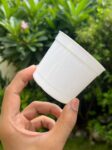



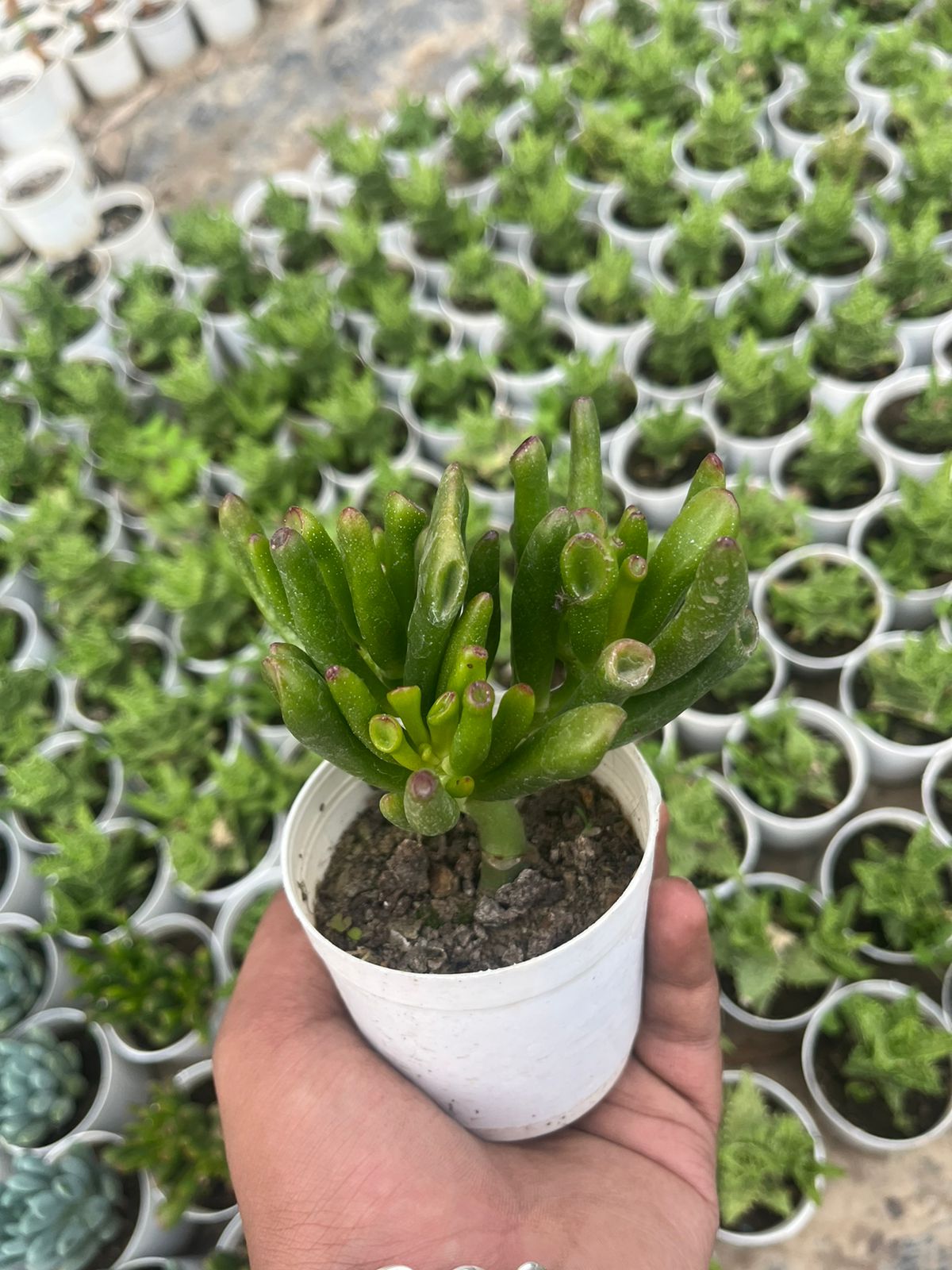





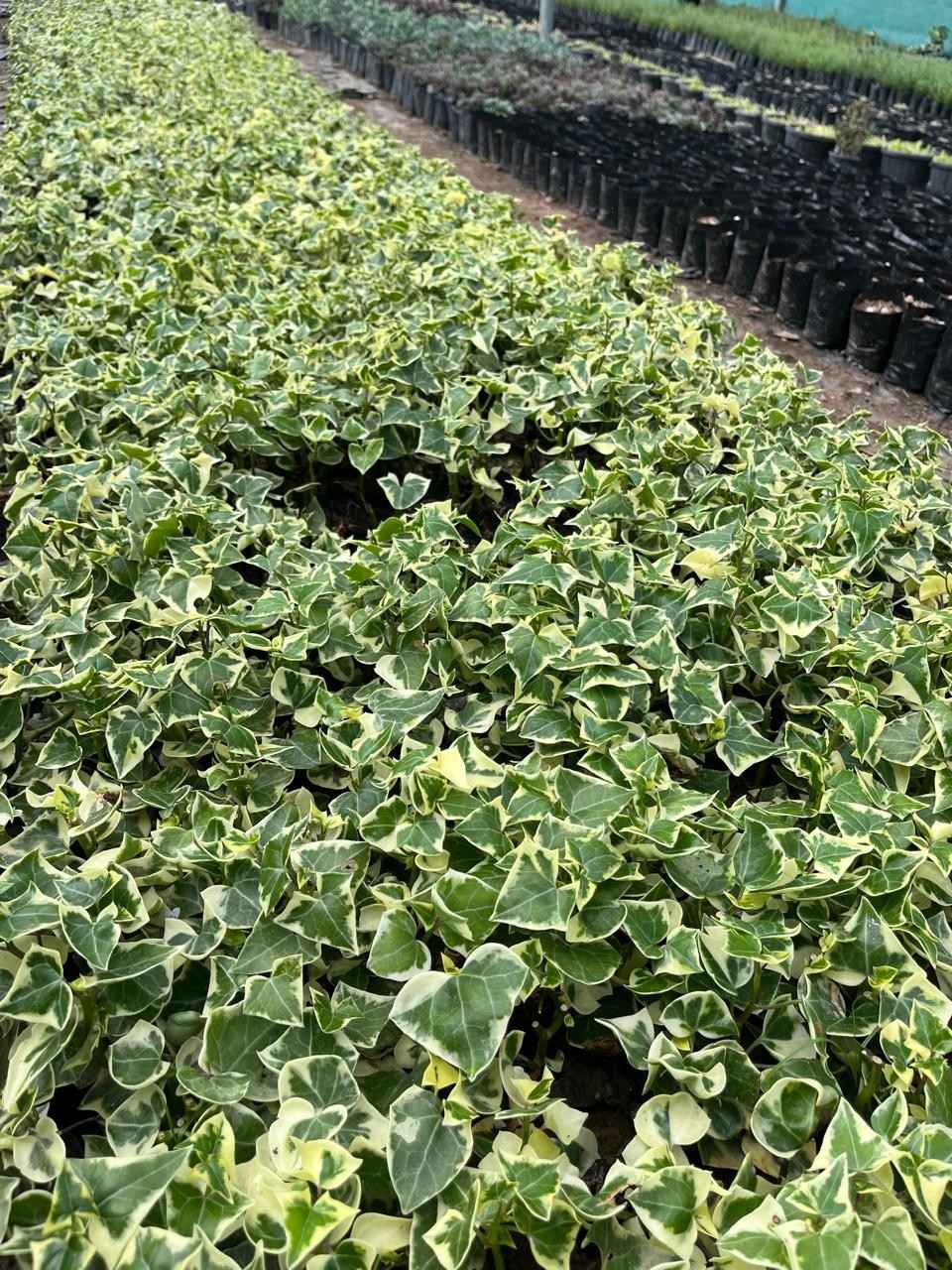

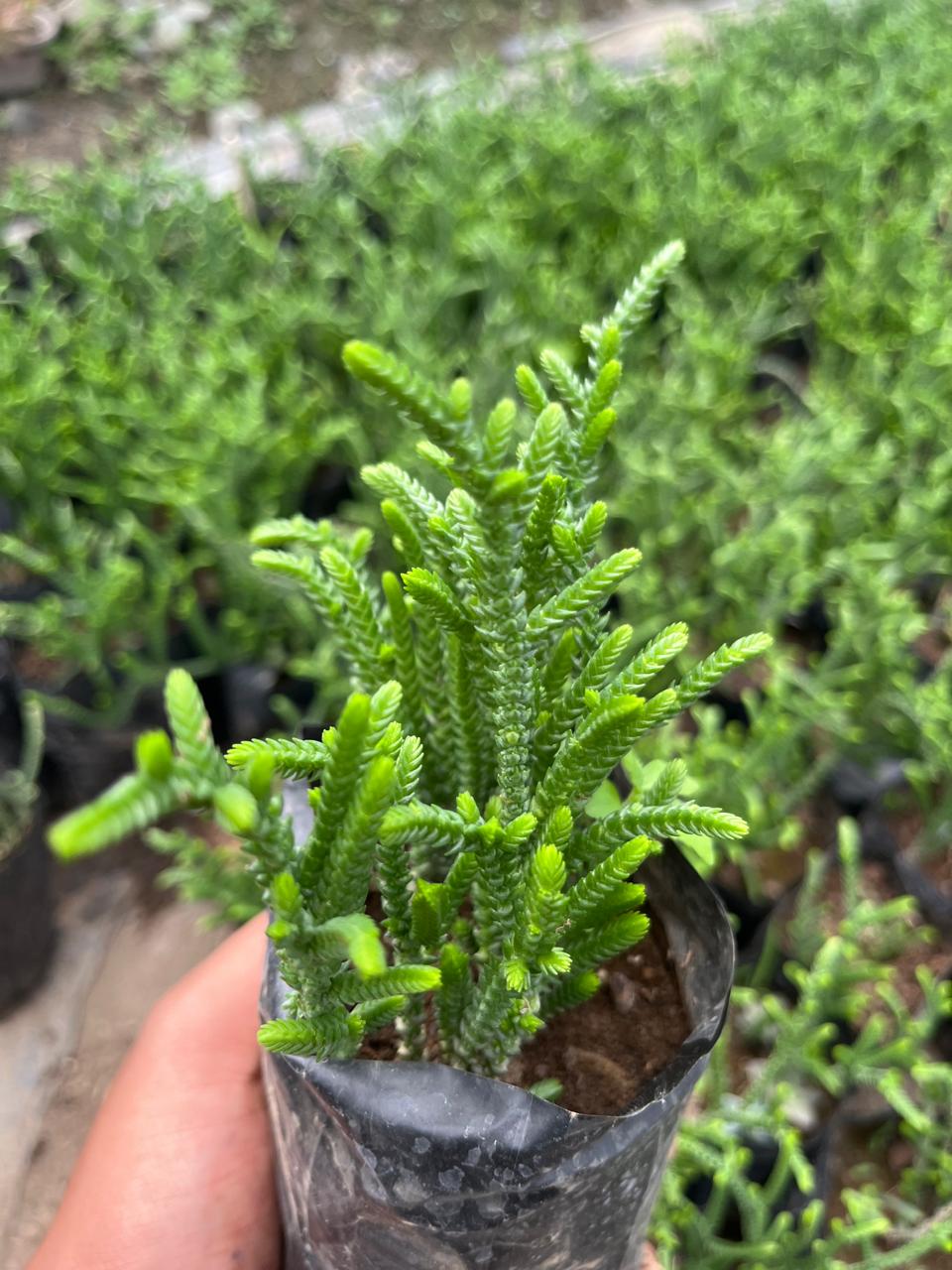

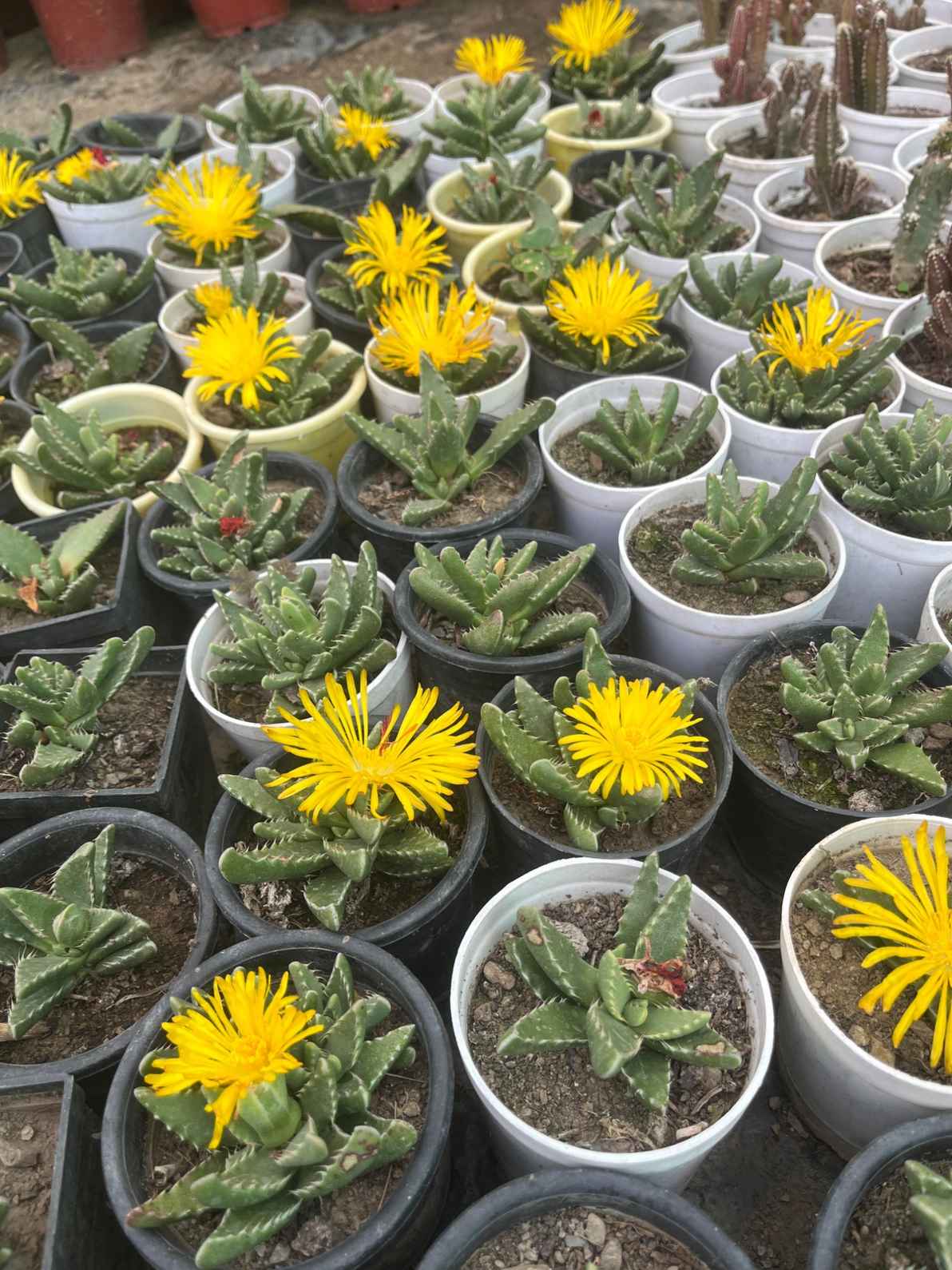





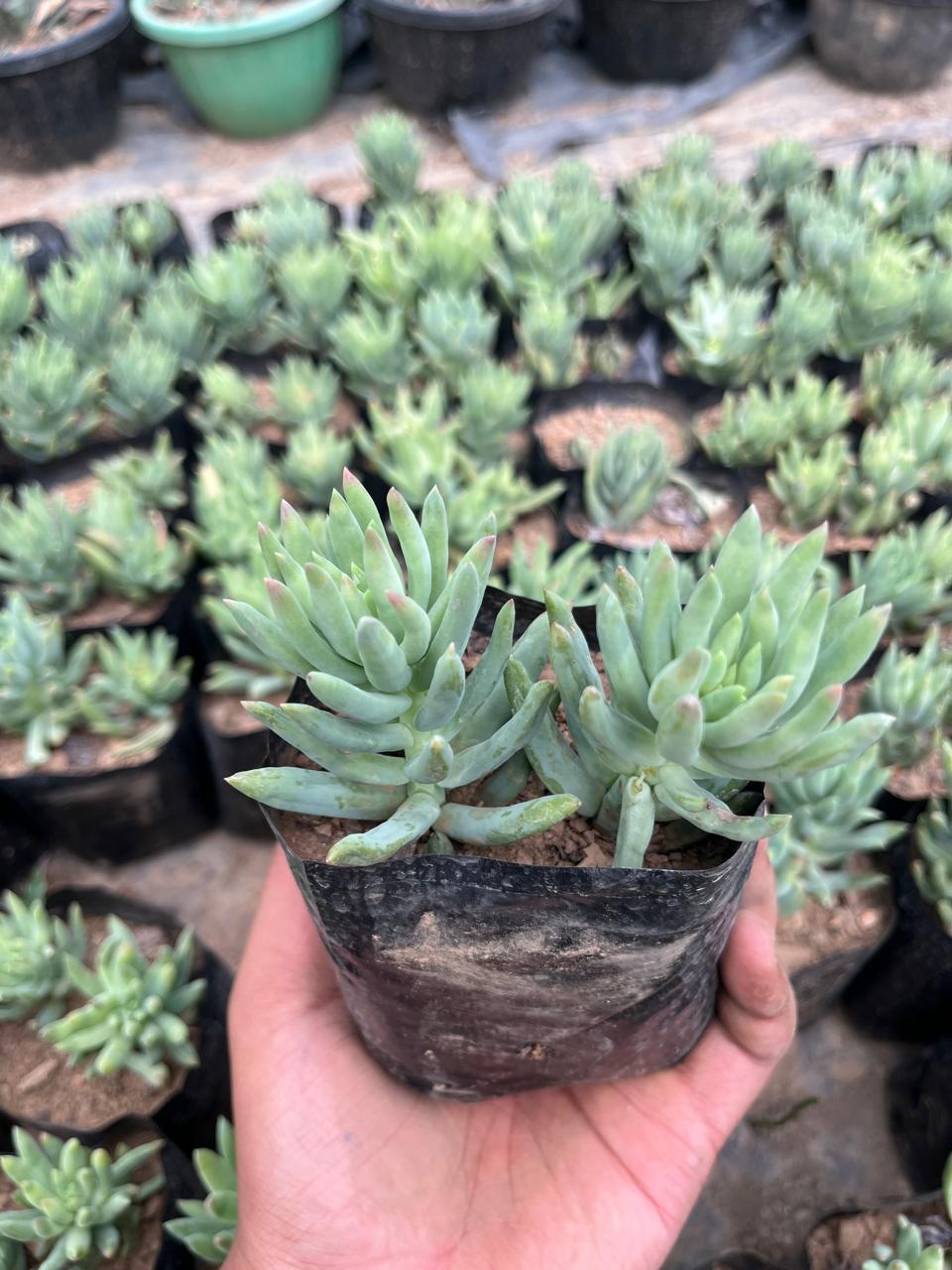

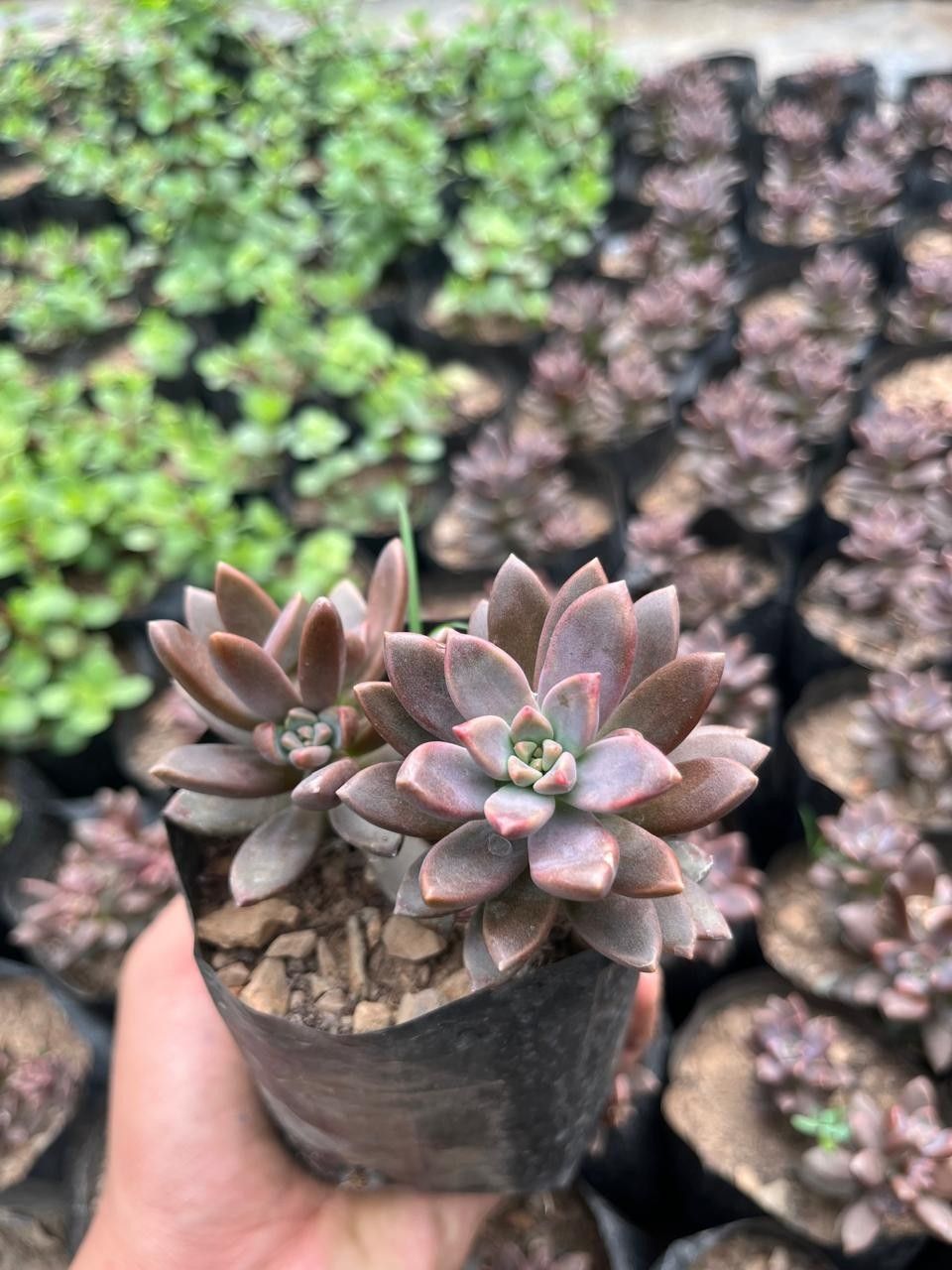
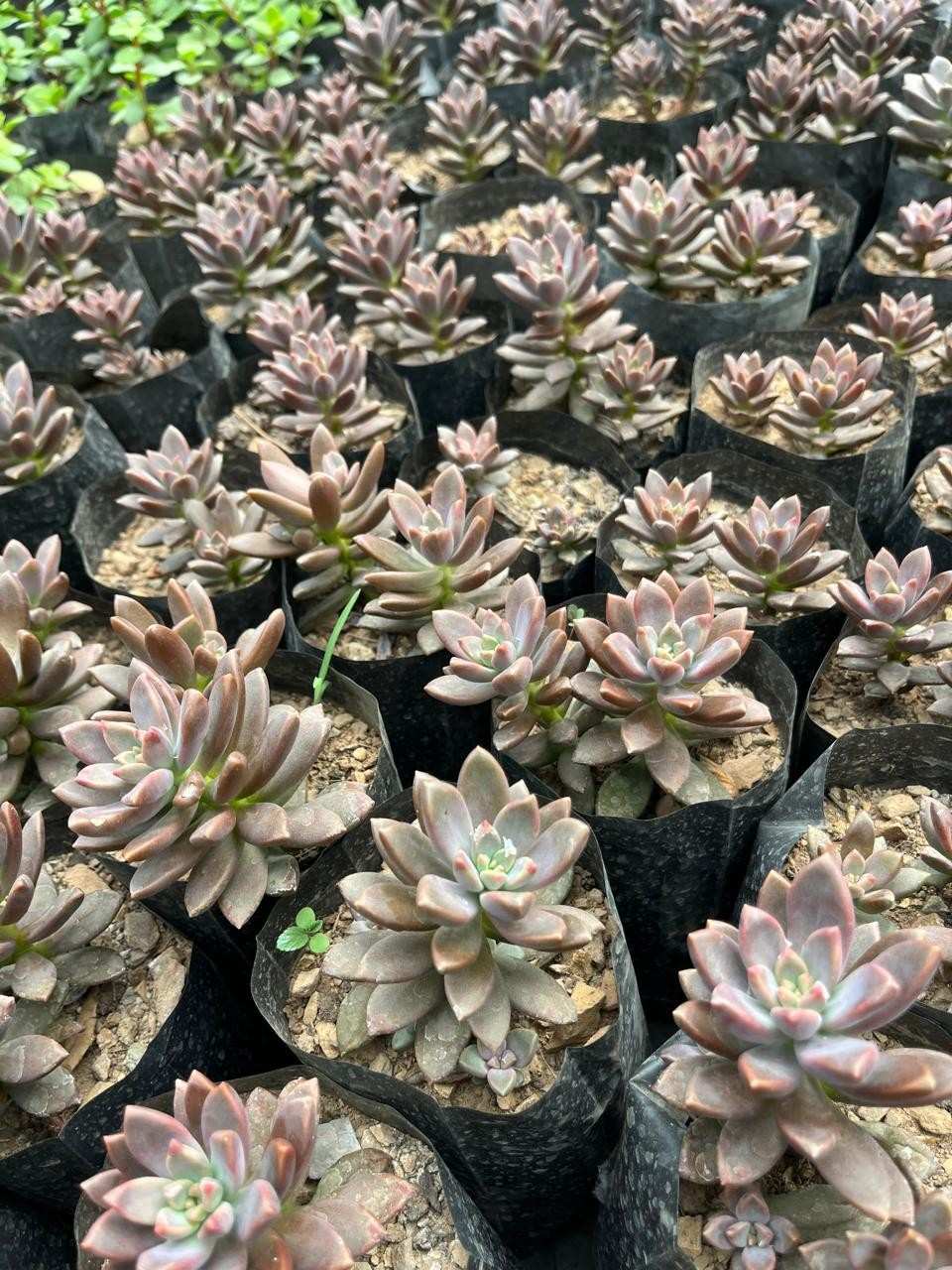
Reviews
There are no reviews yet.